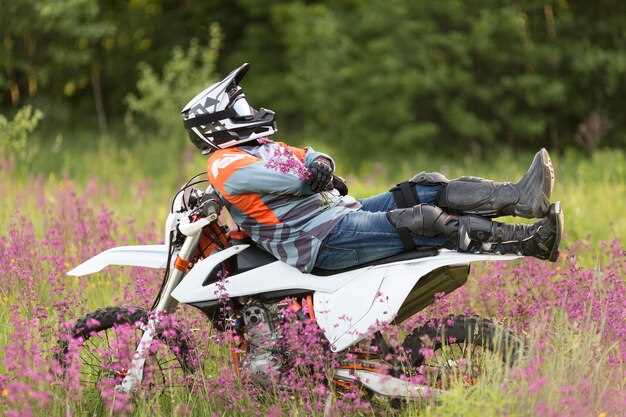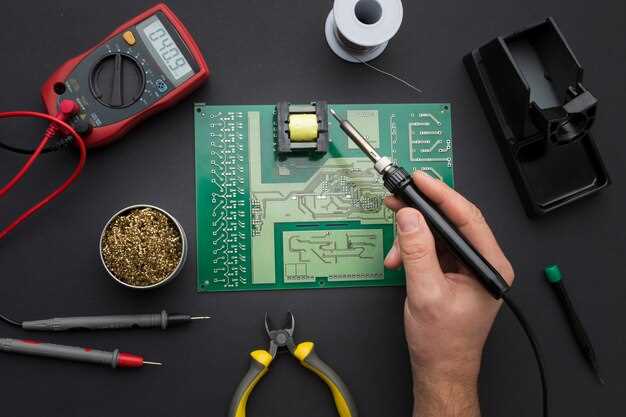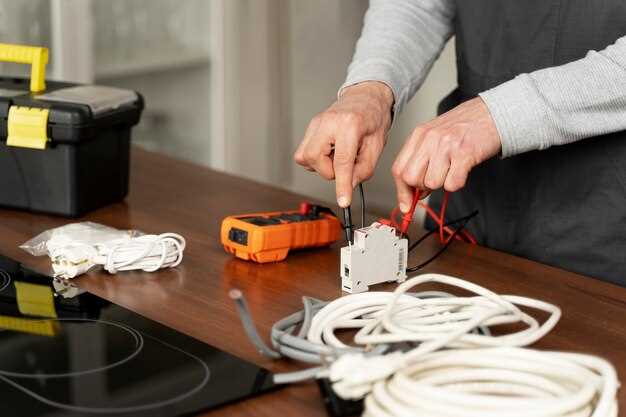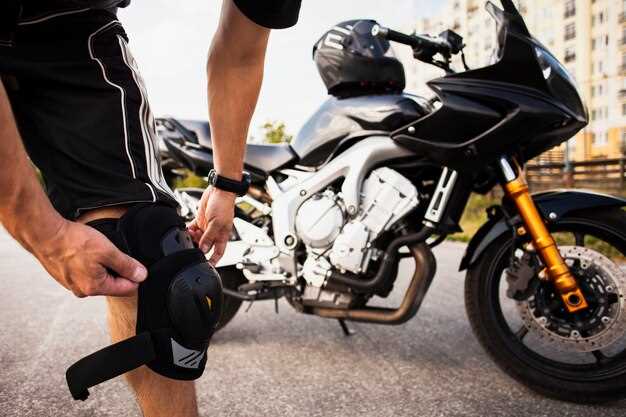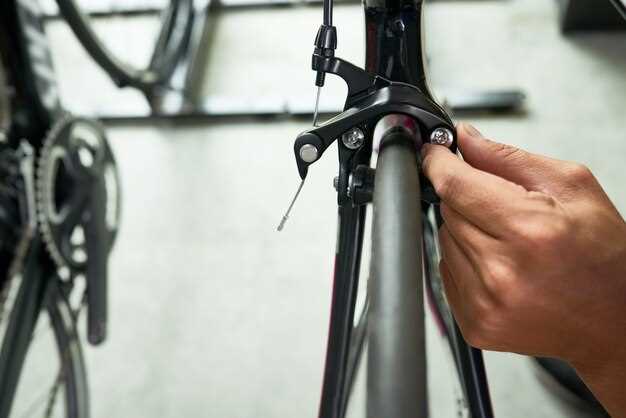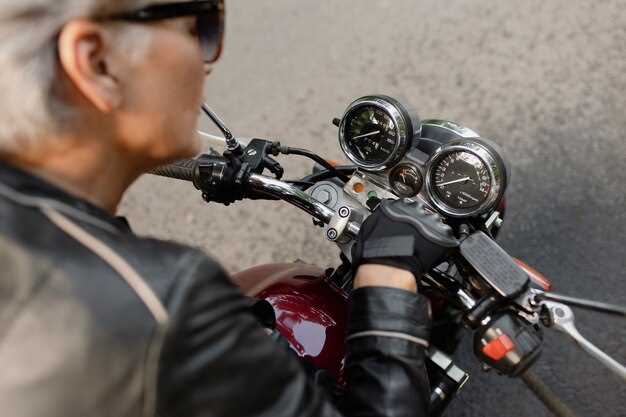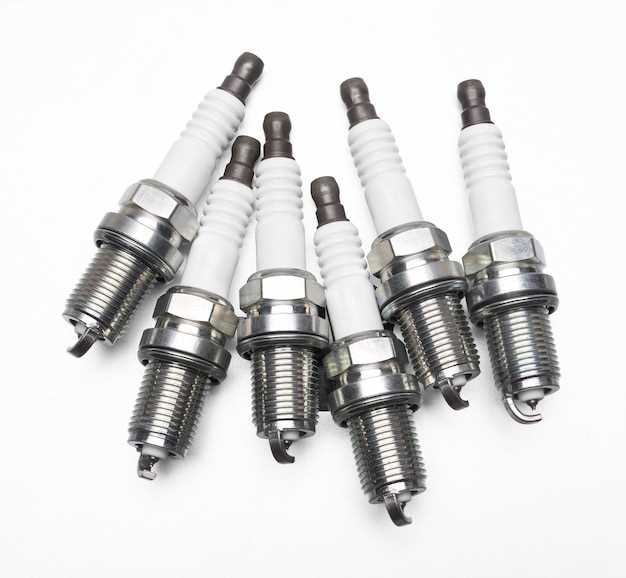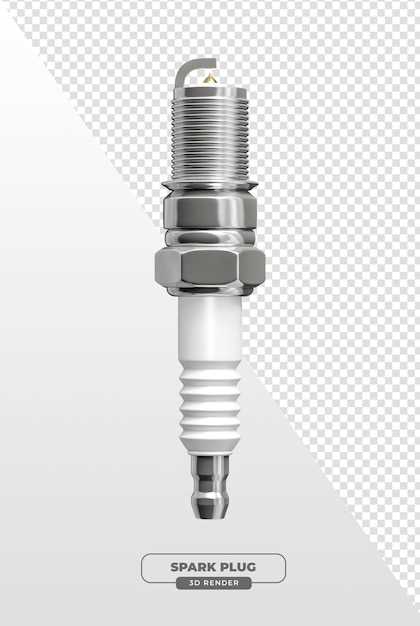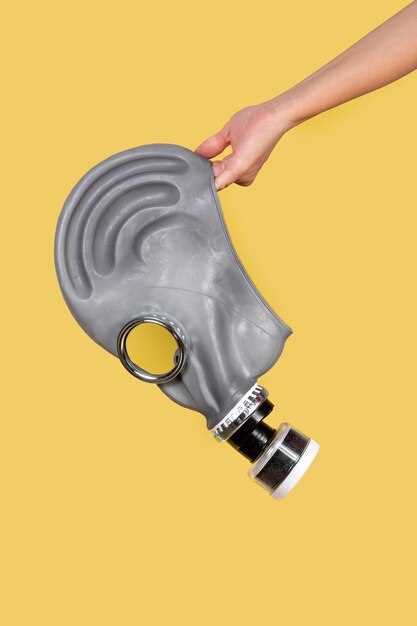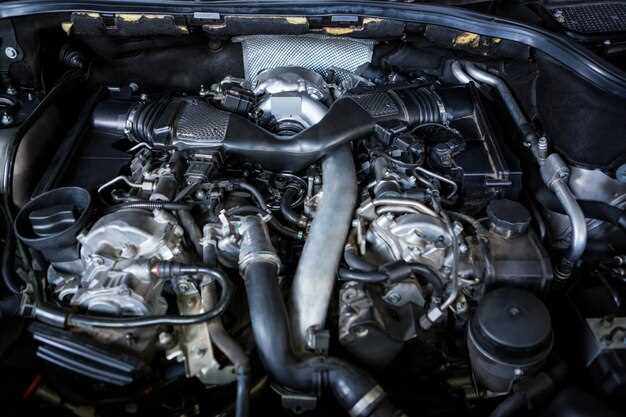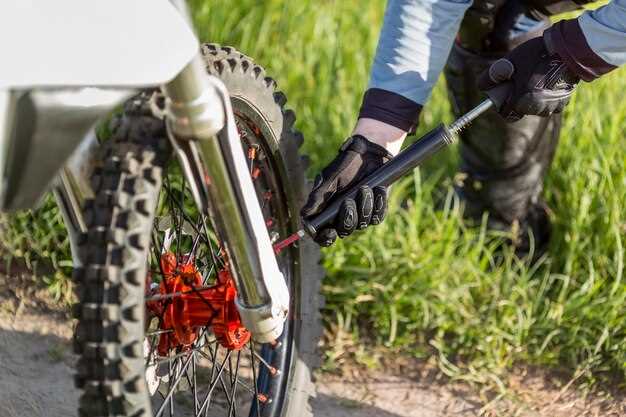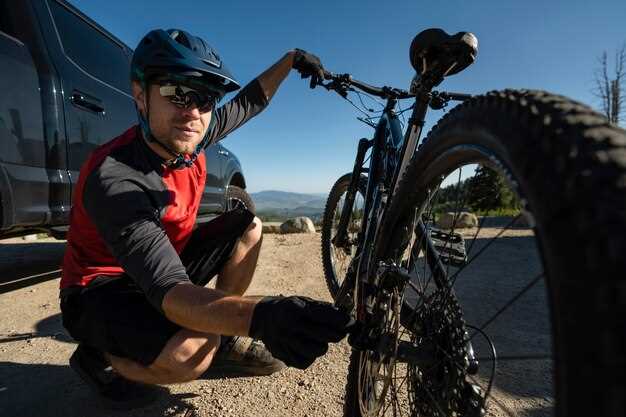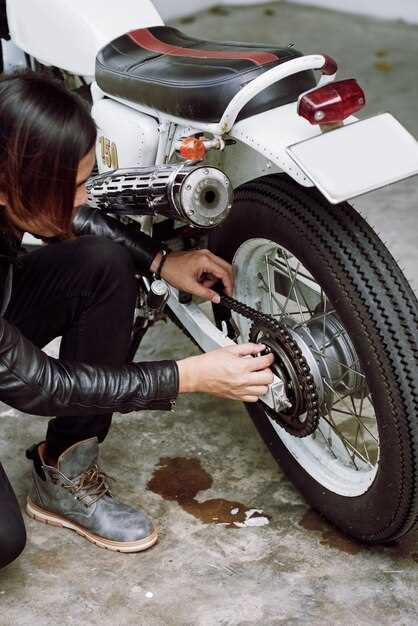
Participating in track days offers an exhilarating opportunity for motorcycle enthusiasts to push their machines to the limit in a controlled environment. However, to truly unlock the potential of your bike, proper tuning is essential. This guide will delve into the critical aspects of motorcycle tuning tailored specifically for track performance, ensuring you achieve maximum speed, agility, and handling on race day.
Understanding Your Bike’s Dynamics is the first step in effective tuning. Every motorcycle reacts differently to modifications due to its unique design and engineering. Familiarizing yourself with the specific characteristics of your bike’s engine, suspension, and chassis will provide a solid foundation for any adjustments. Consider factors such as weight distribution, power delivery, and tire selection to optimize your riding experience.
Next, upgrading essential components can significantly enhance your bike’s performance on the track. Focus on the suspension system, braking components, and exhaust modifications. A high-quality suspension setup is vital for maintaining stability and grip in corners, while improved brakes ensure confidence during deceleration. Additionally, an upgraded exhaust system can boost power output, allowing for quicker acceleration and a more responsive throttle.
Finally, fine-tuning your settings is crucial. This involves adjusting tire pressures, suspension settings, and engine mapping based on the track’s layout and conditions. Each track presents different challenges, so being adaptable with your setup can mean the difference between a competitive lap time and a missed opportunity. By investing time in understanding and tuning your motorcycle, you set yourself up for a memorable day on the track.
Optimizing Suspension Settings for Enhanced Cornering
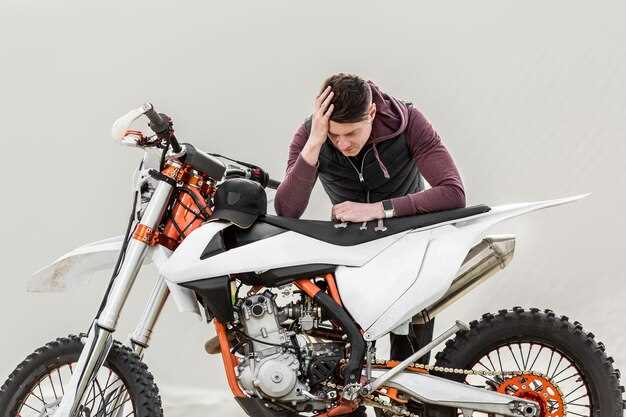
Optimizing suspension settings is crucial for improving cornering performance on the track. A well-tuned suspension can provide better stability, grip, and control, allowing the rider to navigate corners more confidently and efficiently.
Start with preload adjustments. Preload affects how much the suspension compresses under the bike’s weight. For track use, a firmer preload can reduce excessive sag, enhancing cornering response. Adjust the front and rear preload to achieve around 30% sag for optimum performance. This ensures that the suspension has enough travel left for absorbing bumps and maintaining traction.
Next, consider compression and rebound damping settings. Compression damping controls how quickly the suspension compresses under load, while rebound damping manages the return speed after compression. A stiffer compression setting can help the suspension remain firm during cornering forces, while a slightly softer rebound can allow the suspension to react quicker to changes in terrain, improving grip. Adjust these settings incrementally and test their effect on cornering behavior, focusing on a balance between swift response and stability.
Ride height adjustment also plays a significant role. By raising the rear end of the motorcycle, you can quicken the steering response and change the weight distribution, which is beneficial for faster cornering. However, raising the front can enhance front-end grip but make the bike feel less stable. Finding the right balance between front and rear ride height is key to maintain optimal performance during turns.
Finally, consider the tire pressure in relation to suspension settings. Proper tire pressure ensures optimal tire contact with the track, enhancing grip. High pressures can lead to a harsher ride and decreased grip, while too low can result in poor cornering stability. Adjust tire pressure in conjunction with suspension settings for the best results.
In conclusion, optimizing suspension settings involves adjusting preload, damping, height, and tire pressure to create a balanced setup that enhances cornering efficiency and rider confidence on track days. Regular testing and fine-tuning in real riding conditions will lead to the best outcomes, allowing you to unlock the full potential of your motorcycle.
Tuning Engine Performance for Maximum Power Output
Tuning your motorcycle’s engine for maximum power output involves several critical steps that enhance performance. Focusing on key components can lead to significant improvements in horsepower and torque, providing a noticeable advantage on track days.
1. Air Intake System: The introduction of more air into the engine significantly boosts power. Upgrading to a high-performance air filter allows for increased airflow while maintaining filtration. Installing an aftermarket intake system can optimize the air-to-fuel mixture, ultimately enhancing engine response.
2. Fuel System Optimization: The fuel system must keep pace with increased airflow. Upgrading fuel injectors or installing a high-flow fuel pump ensures your engine receives sufficient fuel. Additionally, tuning the ECU (Engine Control Unit) can help adjust fuel maps for optimal combustion, ensuring a powerful output without sacrificing efficiency.
3. Exhaust System Upgrade: A free-flowing exhaust system reduces back pressure and allows for quicker exhaust gas expulsion. High-performance headers, mid-pipes, and silencers enhance exhaust flow. This improvement not only increases power but also produces a more aggressive engine sound.
4. Engine Mapping: Fine-tuning the engine’s map is crucial for achieving maximum performance. Utilizing a power commander or similar tuning device enables customization of ignition timing and fuel delivery across different RPM ranges. This precision can unlock hidden power in your motorcycle.
5. Compression Ratio Adjustment: Increasing the engine’s compression ratio can yield higher power outputs. However, this requires careful consideration of fuel quality. Higher compression engines may necessitate higher-octane fuel to prevent knocking.
6. Performance Camshafts: The camshaft controls the timing of valve opening and closing. Upgrading to performance camshafts can improve airflow into and out of the combustion chamber. This modification enhances high-end power, making it ideal for track conditions where acceleration is paramount.
7. Regular Maintenance: Maintaining your motorcycle is essential for optimal performance. Regularly checking and replacing spark plugs, ensuring proper oil levels, and keeping the engine clean can significantly impact engine performance. A well-maintained engine runs more efficiently and reliably, especially on track days.
In conclusion, tuning your motorcycle’s engine for maximum power output requires an integrated approach, focusing on airflow, fuel delivery, and precise tuning. By systematically addressing each aspect, you can achieve remarkable performance gains, enhancing your track day experience.
Choosing the Right Tires and Pressure for Track Conditions
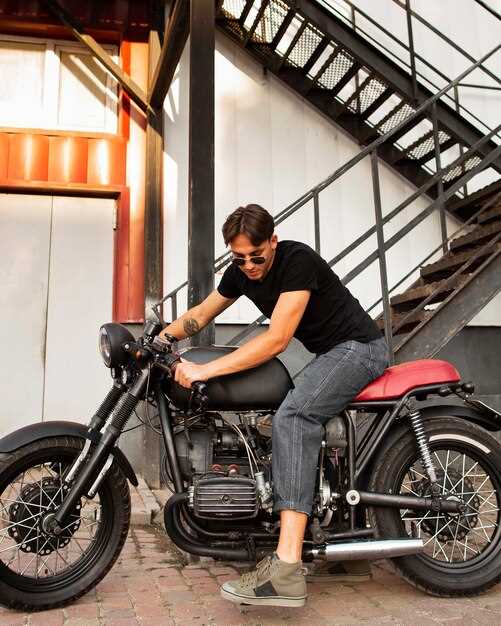
Selecting the appropriate tires for track days is crucial for maximizing grip, stability, and overall performance. Track conditions can vary widely based on weather, temperature, and track surface, so understanding how to choose and set up your tires is essential for a successful outing.
Begin by determining the type of tires that are suitable for the track surface you will be riding on. Track-focused tires, such as slicks or treaded sport tires, offer superior grip and are designed to perform optimally under high temperatures and aggressive riding conditions. Slick tires, while providing the best performance, are not suitable for wet conditions. Therefore, if rain is forecasted, consider sport tires with adequate tread patterns for improved water dispersion and traction.
Next, consider the temperature range of the track. Different tire compounds perform at their best within specific temperature ranges. Soft compounds offer excellent grip in warmer conditions but may wear out quickly, while harder compounds provide durability but may not achieve optimal grip unless adequately heated. Assess the expected track temperatures and choose a tire compound that aligns with these conditions to maximize performance and safety.
Once you have selected the right tires, attention must shift to tire pressure. The correct tire pressure is vital for achieving the desired contact patch with the track, which influences handling and grip. Consult the manufacturer’s recommendations as a starting point, then adjust based on your weight, riding style, and track conditions. Generally, track pressure is lower than street pressure to increase the contact patch and enhance grip, but be cautious not to drop it too low, which could lead to tire overheating and potential blowouts.
As a rule of thumb, start at the manufacturer’s recommended pressure and monitor tire performance through your first few sessions on the track. Look for signs of under-inflation, such as excessive sidewall flex or overheating, and adjust accordingly. During practice runs, pay attention to tire wear patterns, which can provide valuable insights into your tire setup and pressure. Fine-tuning your tire pressures as you progress through the day will help you achieve the best possible handling and stability.
In summary, selecting the right tires and setting the appropriate pressure are essential steps in preparing your motorcycle for track conditions. Consider the type of tires, the temperature range, and continuously monitor and adjust tire pressures throughout the day to enhance your performance and enjoyment on the track.







